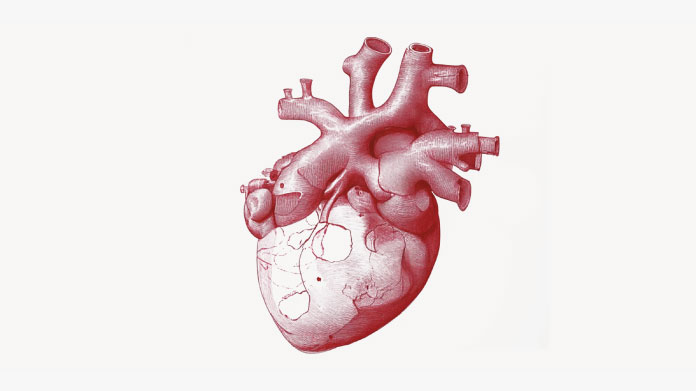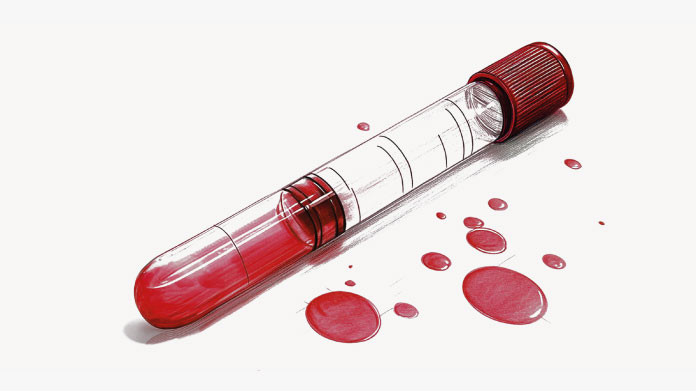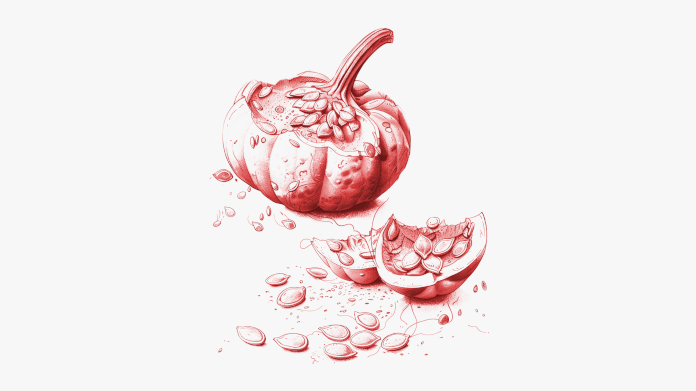Sugar-free diet: permitted and prohibited foods
Whether it’s to lose weight, wean yourself off sugar, or maintain good health, following a sugar-free diet is becoming more and more popular. Discover which foods are permitted and which are prohibited.

What do we mean by a sugar-free diet?
For some years now, sugar-free diets have been growing in popularity. Many people are keen to wean themselves off sugar, now so ubiquitous in modern Western diets, and unquestionably damaging to health at excess levels (1).
However, it’s important to agree on what constitutes sugar. There is actually a wide variety of carbohydrates (mostly comprised of sugars), including some which are essential for good health and some which have no harmful effects (2).
In fact, what we generally refer to as sugar, table sugar, is chemically defined as sucrose, and is formed by one molecule of glucose and one of fructose bonded together. But all the ‘oses’, the monosaccharides, are sugars: fructose, sucrose, glucose, maltose and lactose, in particular. All these sugars are present in their natural state in numerous foods (fruit, milk, vegetables, grains, etc.).
There are also many other sugars such as dextrins and ‘sugar alcohols’ which are generally sweeteners. Not to mention the so-called ‘slow’ sugars: starch and fibre, in particular (3).
In fact, it’s important to make the distinction between free sugars and intrinsic sugars. Those labeled ‘free’, according to the World Health Organization (WHO), are sugars added to prepared dishes by manufacturers or individuals. And it is these sugars in particular which should be avoided (4).
Sugar: angel or devil?
In its new directive, Guideline: Sugars intake for adults and children (5), the WHO recommends a reduced intake of free sugars throughout life for both adults and children. It says these added sugars should never exceed 10% of total daily calories and should actually be below 5%.
Indeed, studies conducted over the last 70 years have widely demonstrated that excess sugar intake has a number of adverse effects on health, succinctly summarised by Anses, the French Agency for Food, Environmental and Occupational Health & Safety, as follows: “Excess sugar can lead to excess weight, obesity and the diseases associated with them, such as type 2 diabetes, cardiovascular disease and certain cancers» (6).
But the problem is more complicated than that. Not all carbohydrates have the same glycaemic index (GI). This is a rating system which broadly shows the amount of sugar present in a food which is directly ‘released’ into the bloodstream. The higher the GI, the ‘worse’ the food is for a sugar-free diet, independent of the level of sugars the food contains naturally, because over-consumption of high-GI foods can lead to pancreatic hormone resistance which in turn can result in type 2 diabetes (7).
Foods to avoid on a sugar-free diet
The first thing to do then is look carefully at the labels on processed foods to make sure they are free from, or at least contain very few, added sugars. Ideally, of course, you should stop eating processed foods altogether when following a sugar-free diet.
That means no more fizzy drinks, biscuits, fruit juices,, fruit squashes, breakfast cereals or sauces such as mayonnaise, ketchup, etc.
It is also preferable to stop consuming white bread, pasta and rice – in fact, any food with a high GI (such as potatoes).
Foods to prioritise on a sugar-free diet
Such a diet does not, however, mean avoiding carbohydrates altogether, since they are needed for normal brain function and good health in general. Certain foods should therefore be prioritised:
- pulses(lentils, beans, peas, etc.);
- unrefined whole grains (particularly oats, but also spelt, buckwheat, rye or whole wheat) as well as pseudo-cereals (especially quinoa);
- fruit and vegetables(preferably fresh and raw);
- nuts and seeds;
- etc.
In short, an eating plan close to the acid-base or paleo diet constitutes an excellent sugar-free diet which provides everything the body needs to function properly.
Natural substances which help to regulate blood sugar levels
As well as eating a healthy, balanced diet, ideally completely free from added sugars, you can also take advantage of plant extracts and trace-elements offering scientifically-demonstrated benefits for blood sugar levels and glucose metabolism.
One such substance is moringa, an age-old Ayurvedic plant, the leaves of which promote glucose breakdown and thus help to maintain normal blood sugar levels. This plant is available in supplement form (such as Organic Moringa leaf extract).
Another is gymnema sylvestre, also from Ayurveda, which helps lower blood sugar levels(try, for example, the product Gymnema sylvestre). In India, this plant is actually called ‘gurmar’, which means ‘destroys sugar’.
A violet-flowering tree from tropical Asia (Philippines, Malaysia, Myanmar...), banaba also supports glucose metabolism and glycaemic regulation, and even aids weight control.
You can, of course, also opt for synergistic formulations which combine several compounds of this kind for optimal efficacy. The product Carbo Defense, for example, not only contains gymnema and banaba, but also a patented form of chromium, and extracts of cinnamon and green tea ... And Anti-Glycation Formula offers a combination of banaba, aminoguanidine, and extracts of Yerba mate leaf and guava leaf.
References
- LUSTIG, Robert H., SCHMIDT, Laura A., et BRINDIS, Claire D. The toxic truth about sugar. Nature, 2012, vol. 482, no 7383, p. 27-29.
- MÜHLENHOFF, Martina, OLTMANN-NORDEN, Imke, WEINHOLD, Birgit, et al.Brain development needs sugar: the role of polysialic acid in controlling NCAM functions. 2009.
- GUEZENNEC, C. Y. 2 Les glucides. Nutrition du sportif, 2017, p. 23.
- https://www.who.int/nutrition/publications/guidelines/sugar_intake_information_note_fr.pdf
- Ibid
- https://www.anses.fr/fr/content/sucres-dans-l%E2%80%99alimentation
- DAL GOBBO, H. et BÉTRY, C. L’actualité de l’indice glycémique. Médecine des maladies Métaboliques, 2018, vol. 12, no 5, p. 418-422.
13 Days
A Product worth waiting for when not…
A Product worth waiting for when not available and then arriving as a surprise!
DOMINIC
15 Days
On time shipping
On time shipping
GEORGE Verne
16 Days
Ordering was easy and the product was…
Ordering was easy and the product was delivered with no problems. Appreciated that I was notified when it would arrive. Thanks!
MascarC
22 Days
Great customer service - responsive …
I ordered from them and my item was unavailable for sometime. I was super happy when they reactivated my order and shipped my item which arrived very quickly. Great customer service.
Ruth Rueter
23 Days
Super fast shipping
Super fast shipping
Donald Borling
26 Days
Reputable companysearch and the number of…
The research and the number of selection of products.
NAKHJAVAN Shervin
39 Days
The Anti Aromatase is a great product
The Anti Aromatase is a great product. You just need to have constant inventory. Recently this product has been out of stock.
GEORGE Verne
41 Days
Great help on chat
Great help on chat. Knowledgeable and friendly.
Jason Argos
44 Days
Customer service was fast and friendly.
Customer service helped to stop the transaction process of the subscription. I appreciated that.
Greenie
44 Days
I order here due to the high quality of…
I order here due to the high quality of the products and the quick delivery of items - thank you
Barbara J
46 Days
SuperSmart's Eye Pressure supplements: highly recommended!
I purchase SuperSmart's Eye Pressure supplements regularly for over 5 years, and gotta say they are truly a wonderful product for my Glaucoma. Highly recommended if you have eye pain from your Glaucoma.
D. Martinez
50 Days
Quick service
Quick service
MONELL
51 Days
Speedy service.
Speedy service.
ROSENTHAL Marvin
55 Days
Clear website- Efficient
Clear website. Excellent search engine and fast delivery!
Mohamad Hussein
57 Days
They have great products.
They have great products.
Vickie



